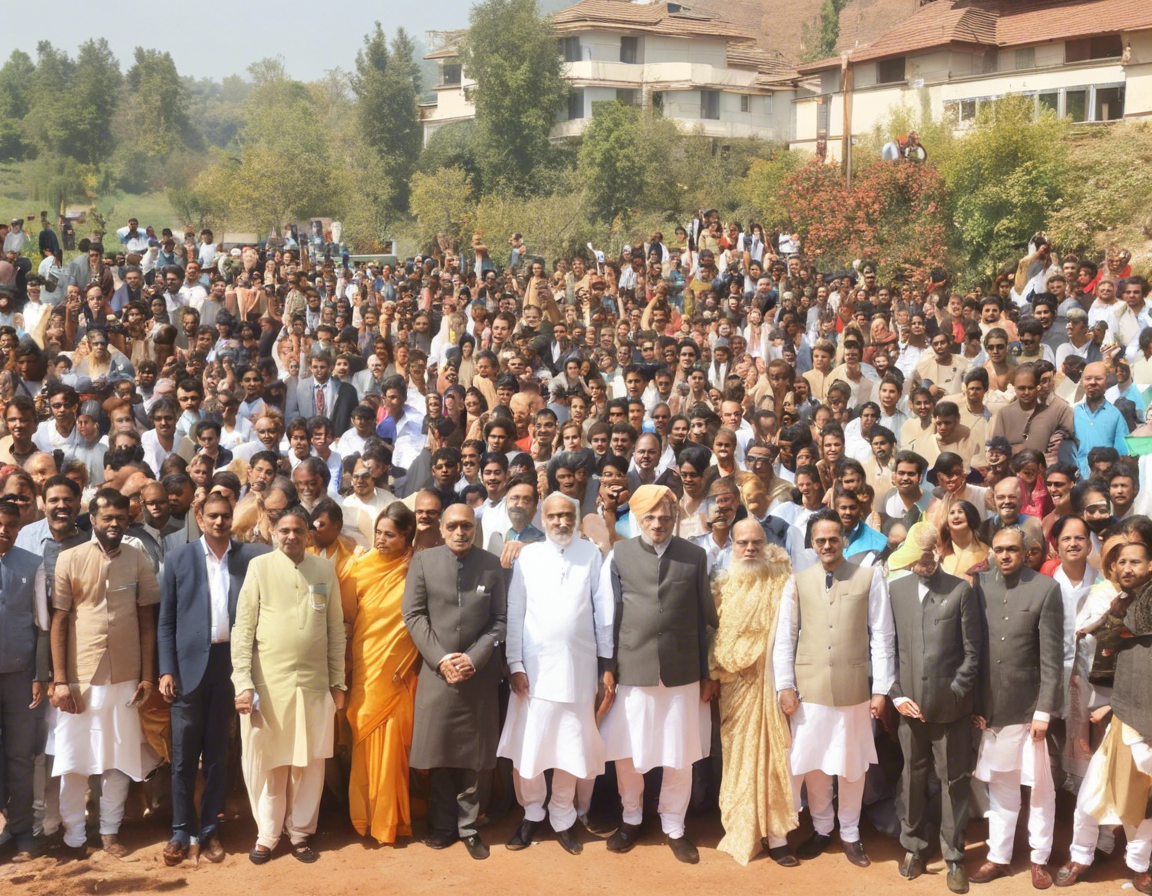
The Geneva Convention of 1864, also known as the First Geneva Convention, marked the beginning of a series of treaties aimed at protecting the victims of armed conflict and those who are no longer participating in hostilities. The convention was inspired by a Swiss businessman and social activist, Henry Dunant, who witnessed the aftermath of the Battle of Solferino in 1859 and pushed for the establishment of humanitarian rules in times of war.
History of the Geneva Convention 1864
The Geneva Convention of 1864 was convened by the International Committee of the Red Cross, founded in 1863, and representatives from 16 European states. Its primary focus was to establish protections for the sick and wounded soldiers on the battlefield and to guarantee the neutrality of medical personnel and aid workers. The convention also laid the foundation for the distinctive emblem of the Red Cross as a symbol of protection and neutrality.
Key Provisions of the Geneva Convention 1864
-
Protection of Wounded Soldiers: The convention outlined the rights and responsibilities of military medical personnel in providing care and treatment to wounded soldiers, regardless of their nationality.
-
Neutrality: Medical personnel and establishments, as well as the wounded and sick, were to be respected and protected by both warring parties. They were not to be attacked or impeded in their work.
-
Identification: The convention introduced the Red Cross emblem to be used for identifying medical units and personnel, ensuring their protected status.
-
Recognition of National Societies: The convention recognized the role of national Red Cross societies in providing aid and assistance during times of conflict.
Impact of the Geneva Convention 1864
The Geneva Convention of 1864 laid the groundwork for future humanitarian laws and treaties, shaping the landscape of international humanitarian law. Its principles have been expanded upon and codified in subsequent Geneva Conventions, including those of 1906, 1929, and 1949, as well as the additional protocols of 1977. The conventions have been instrumental in protecting civilians, prisoners of war, and other non-combatants during armed conflicts.
Challenges and Future of the Geneva Conventions
While the Geneva Conventions have made significant strides in mitigating the impact of war on vulnerable populations, challenges persist in ensuring compliance and accountability. Armed conflicts in the twenty-first century present new complexities, such as cyber warfare and asymmetric warfare, which test the applicability of existing international humanitarian law.
Efforts are underway to strengthen the implementation and enforcement of the Geneva Conventions, including through increased awareness, training, and advocacy. Civil society organizations, governments, and international bodies continue to work towards upholding the principles of the conventions and adapting them to modern conflict scenarios.
Frequently Asked Questions (FAQs)
1. What is the purpose of the Geneva Conventions?
The Geneva Conventions aim to protect those who are not or are no longer participating in hostilities during armed conflicts, including wounded soldiers, medical personnel, and civilians.
2. How many Geneva Conventions are there?
There are four Geneva Conventions, adopted in 1949, which establish the standards of international law for humanitarian treatment in times of war.
3. What is the role of the International Committee of the Red Cross in the Geneva Conventions?
The International Committee of the Red Cross is responsible for ensuring the application and respect of the Geneva Conventions and their Additional Protocols. It provides humanitarian protection and assistance for victims of armed conflicts.
4. Can non-state armed groups be held accountable under the Geneva Conventions?
Non-state armed groups can be held accountable under international humanitarian law, including the Geneva Conventions, for violations committed during armed conflicts.
5. How do the Geneva Conventions protect civilians during wartime?
The Geneva Conventions establish rules for the protection of civilians during armed conflicts, including prohibitions on targeting civilians, looting, and indiscriminate attacks.







